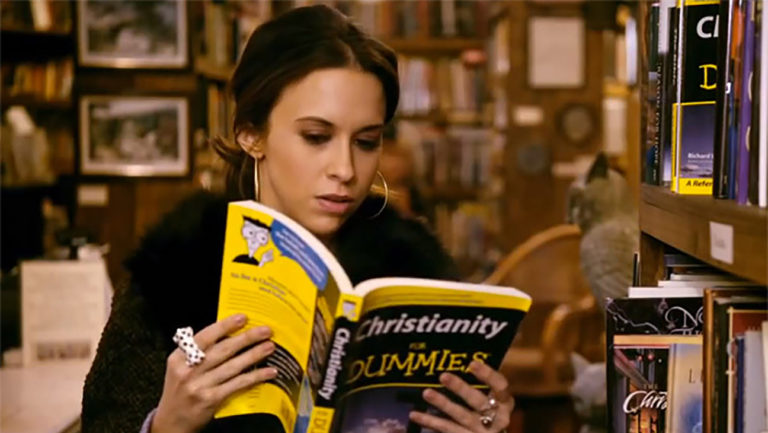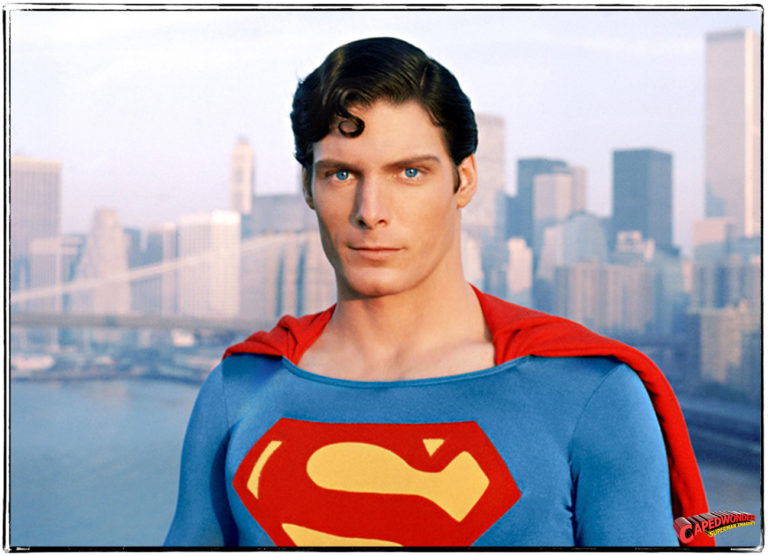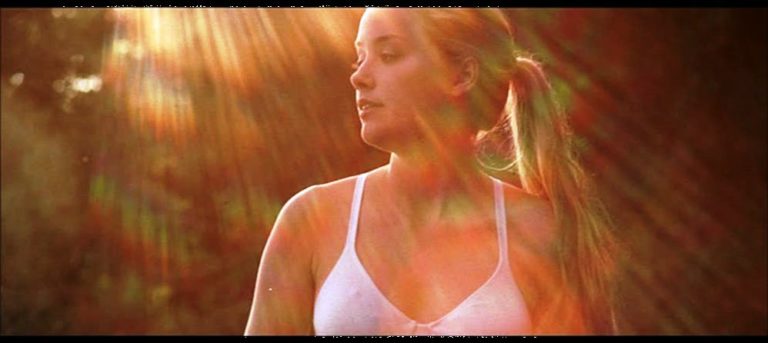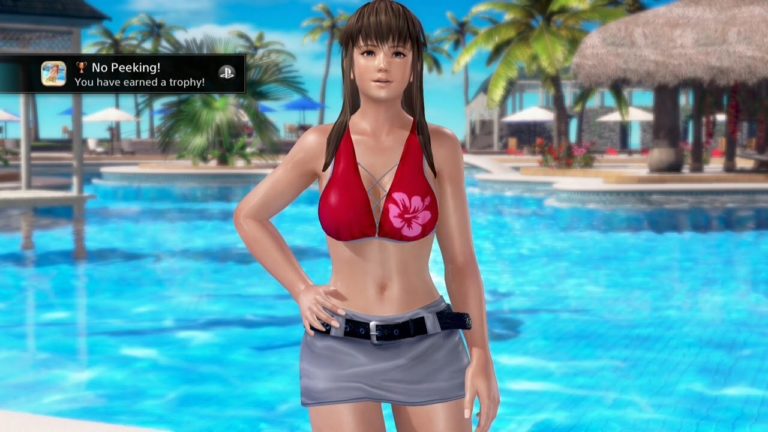Recently my girlfriend was looking for a movie that we could watch on Netflix and, surprisingly, asked...
Favourites
I have been thinking about Superman a lot in the past few months. He’s such a ubiquitous...
There few experiences more baffling in enjoying movies than coming across a movie which is incredibly flawed,...
This happens to be my 200th post on I Choose to Stand, and I’ve put together something...
There’s a recurring argument which seems to occur within my family every couple months. Most recently it...




